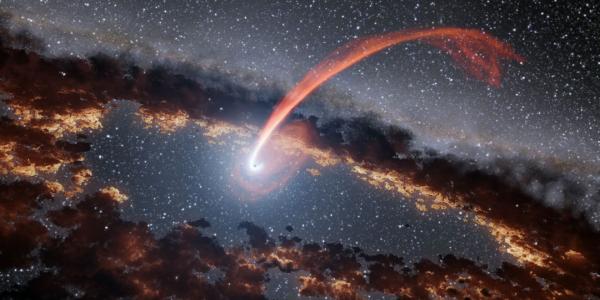The Compton Spectrometer and Imager Project for MeV Astronomy
The Compton Spectrometer and Imager (COSI) is a 0.2-5 MeV Compton telescope capable of imaging, spectroscopy, and polarimetry of astrophysical sources. Such capabilities are made possible by COSI's germanium cross-strip detectors, which provide high efficiency, high resolution spectroscopy and precise 3D positioning of photon interactions. Science goals for COSI include studies of 511 keV emission from antimatter annihilation in the Galaxy, mapping radioactive elements from nucleosynthesis, determining emission mechanisms and source geometries with polarization, and detecting and localizing multimessenger sources. The instantaneous field of view for the germanium detectors is 25% of the sky, and they are surrounded on the sides and bottom by active shields, providing background rejection as well as allowing for detection of gamma-ray bursts or other gamma-ray flares over most of the sky. We have previously flown the COSI instrument on high altitude balloons, and I will describe results from our balloon program. We are currently carrying out a Phase A concept study to consider COSI as a Small Explorer (SMEX) satellite mission (see arXiv:1908.04334), and I will discuss the advances COSI-SMEX provides for astrophysics in the MeV bandpass.
Sponsored by the McDonnell Center for the Space Sciences.

